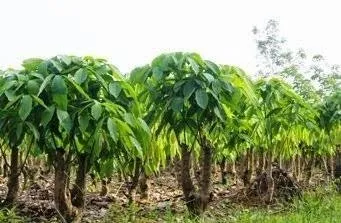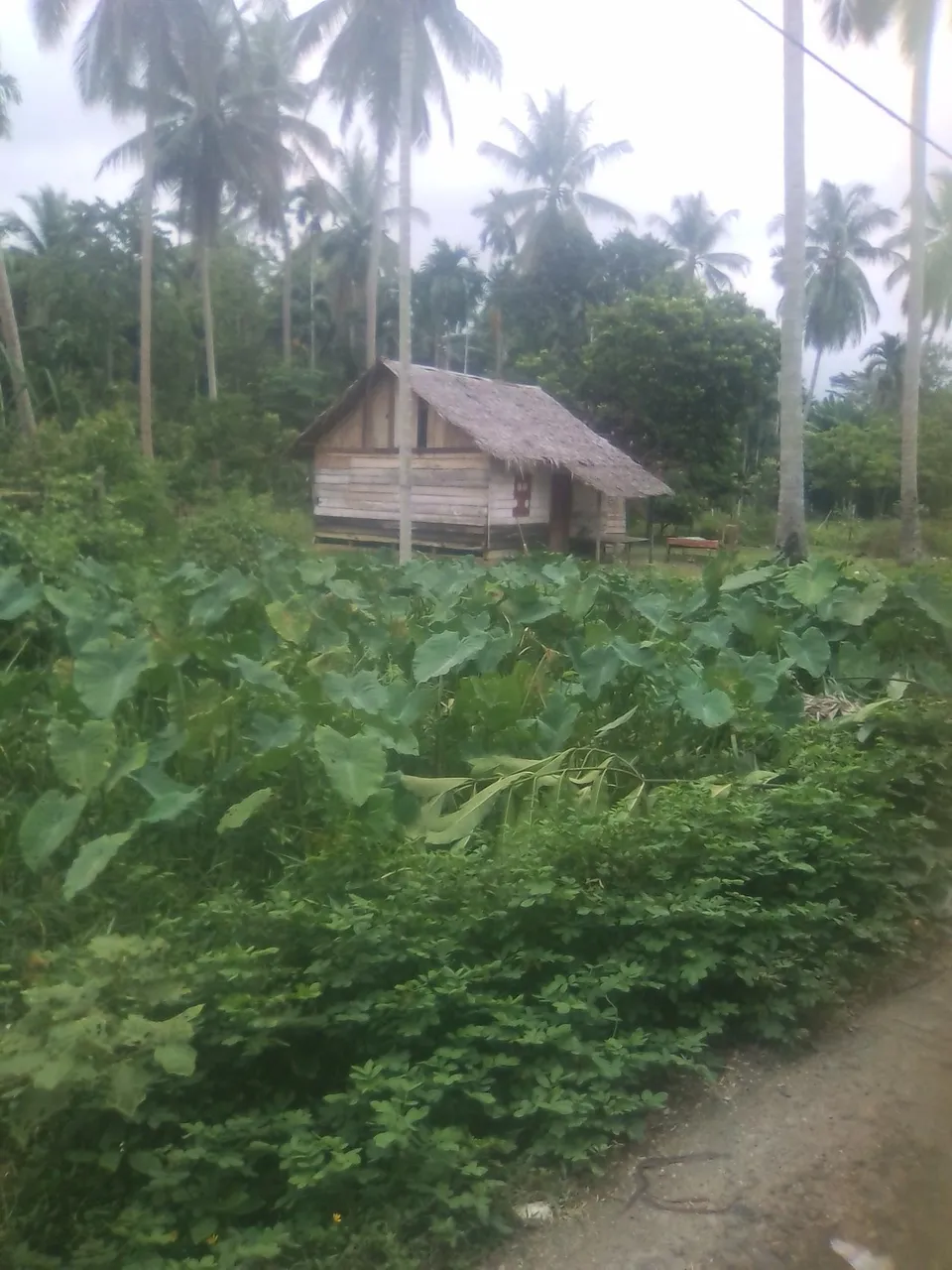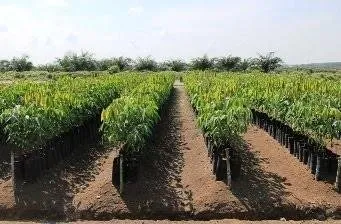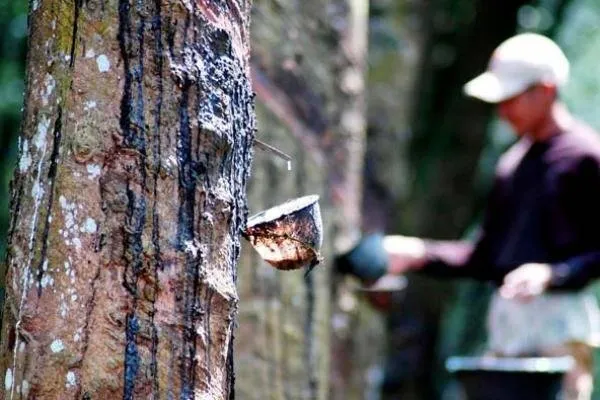

Rejuvination of shoots on rubber entres is one part of entres management. Juvenility of the stem where the buds are located will have an effect on the success rate of the grafting process. Stems that are still juvenile have a higher rate of grafting success than matured stems. Juvenile stems have several advantages such as being able to produce plants with larger girth, thicker stem bark, higher dry rubber content, and more number of latex vessels.

The entrepreneurial rejuvination is done by cutting the plants in the garden entres. When the plant already has a height of more than 2 meters, then done pemotogan to grow 2 new shoots. Cutting is done with a height of 35-40 cm above the grafting linkage. After two new shoots have a height of 2 meters, cutting again with a height of 10-15 cm from the base of the emergence of shoots. Each bud will later produce 2 new shoots so that in one plant there are 4 stems consisting of buds containing entres. Further rejuvination is by cutting the main stem under the first cut (30 cm above the grafting linkage). The cutting cycle is then repeated. Generally, in one plant maximum is only allowed to have 4 buds. However, in plants that already have a large stem (aged over 5 years), the plant can have 4-6 buds.
The cutting cycle is repeated until the plant is 10 years old. Plants that are more than 10 years old should be dismantled with new plants. Entres obtained from tanaaman that are older than ten years have weaknesses such as low level of grafting success, low percentage of plants, and wide angle of buds. Demolition is also intended to be replaced with new recommended clones.

The shoot cutting time is generally adjusted to the time of the grafting operation. For the shoots to be used as early grafting entres, the cutting is done one month before planting the seeds in the polybag for the rootstock. For cutting of shoots to be used as brown grafting entrants, the cutting is done simultaneously with the time the rootstock is grown on the ground.
Shoots that grow sideways and unwanted are removed / diwiwil. Unwanted budding shoots are intended to maximize the growth of the required shoots. Pewiwilan is done every week because generally new shoots can appear in less than one week. Pewiwilan is done by using a sharp knife to avoid infection of disease-causing pathogens in plants in the garden entres.

Getas Rubber Research Center